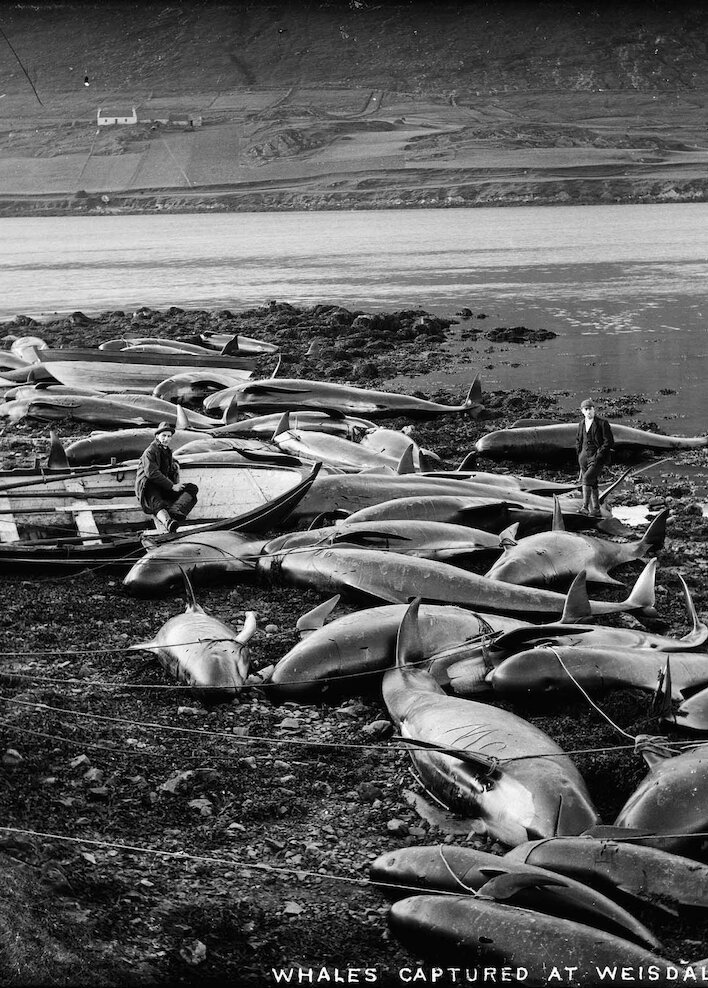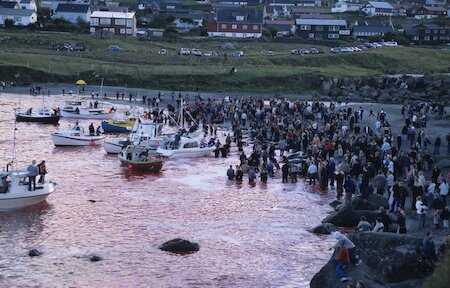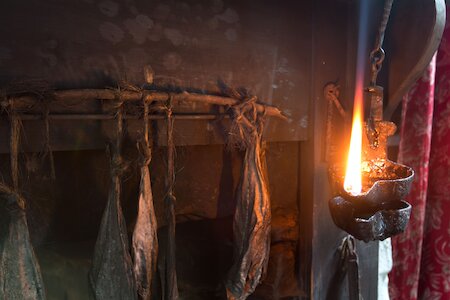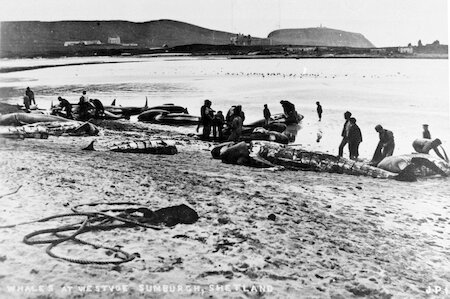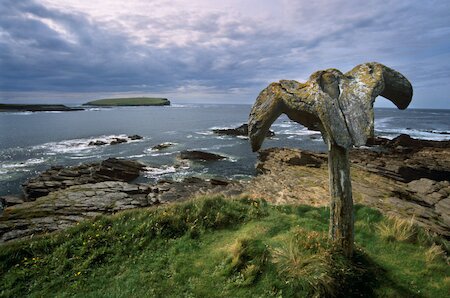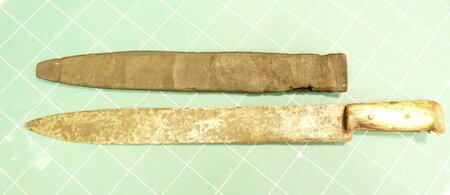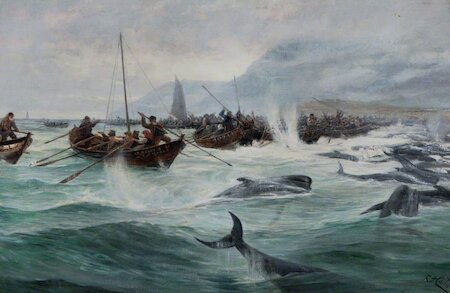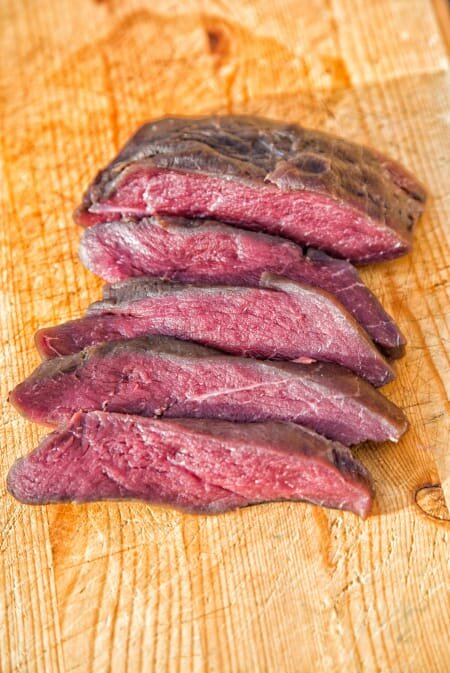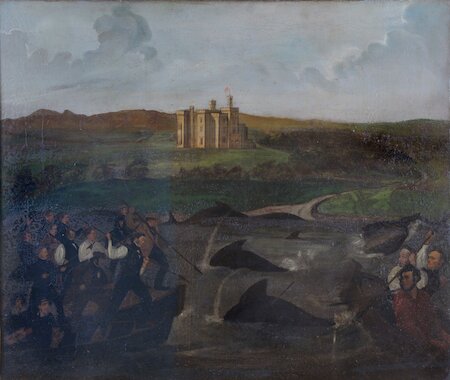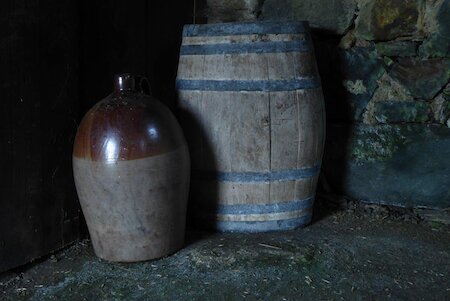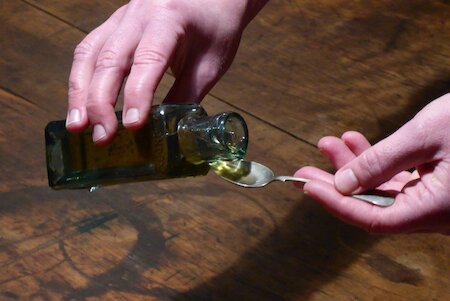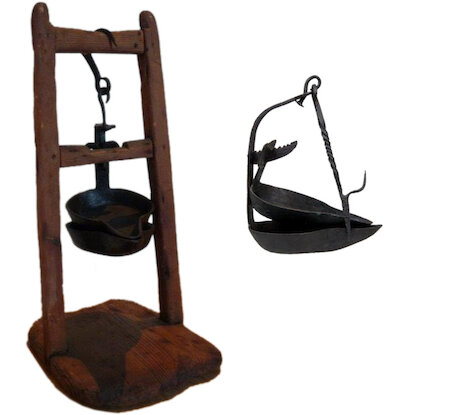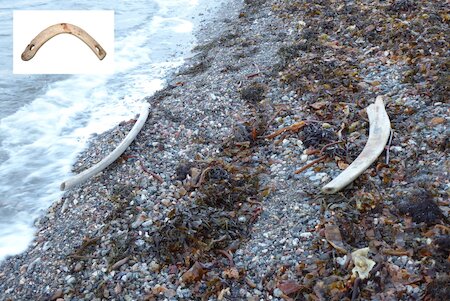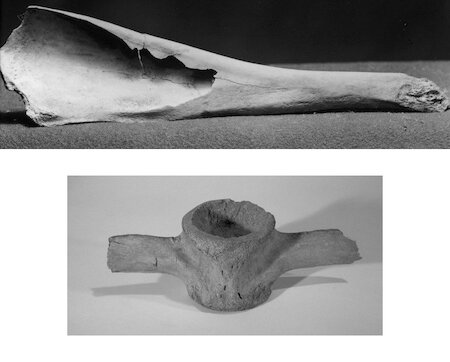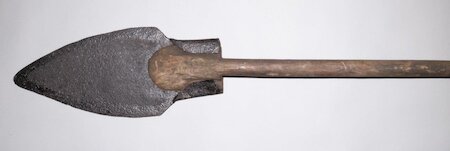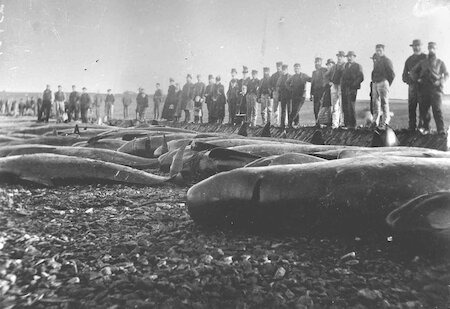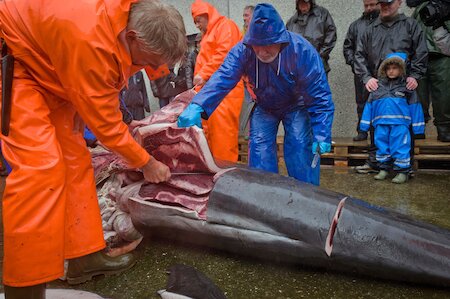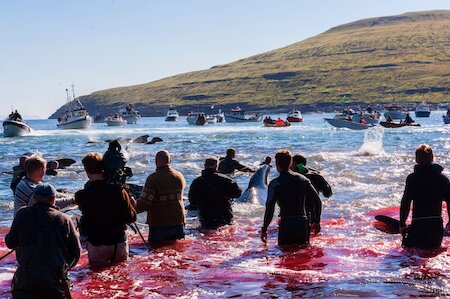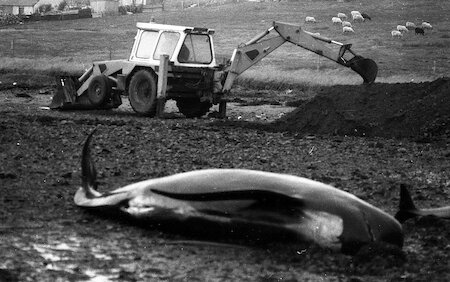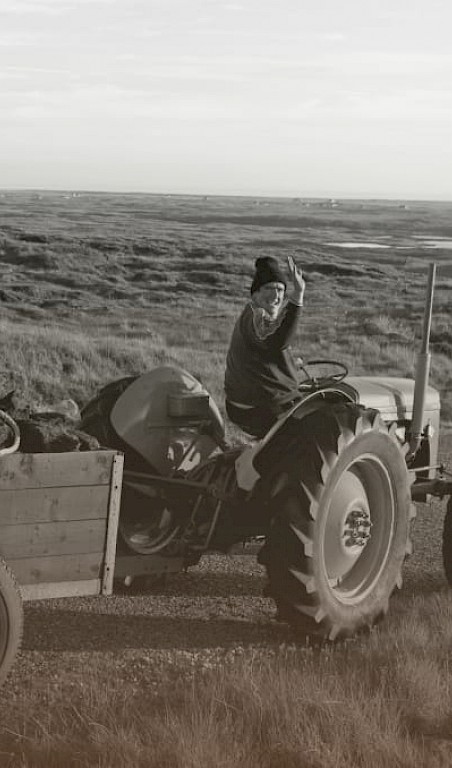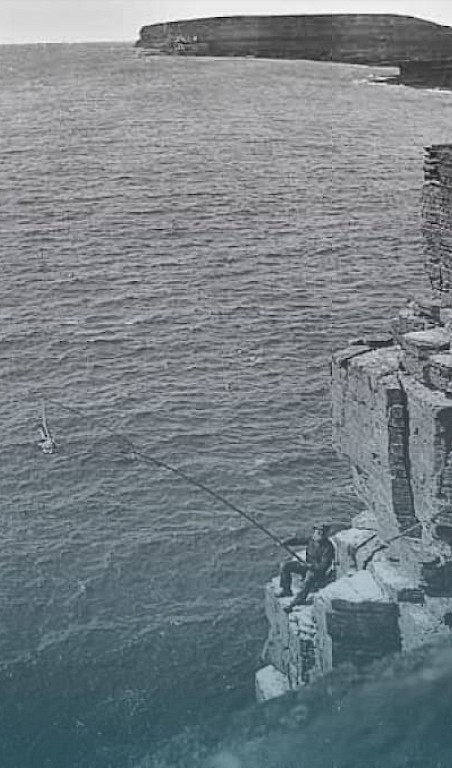Why not hunt whales?
Traditional whaling wasn’t commercial. It was unpredictable, and happened wherever the whales came.
Hunts were exciting, and all the folk in the district stopped what they were doing to take part; in Orkney and Shetland it didn’t even matter if it was Sunday. Everyone worked as a community, in boats or on the beach.
People launched boats whilst others ran to the shore with every sharp farm tool available. The hunters rowed beyond the whales and formed into two lines, then herded the animals into the bay where they were beached. Once the lead whale grounded, the killing began.
The right to the catch was centuries-old, divided amongst participants, but in the Northern Isles landowners claimed a large share, without taking part in the hunt.
A Timeless Scene...
“A boat arrived with intelligence that whales had entered Yellsound. Females and boys issued from cottages, making the hills reverberate with joyful exclamations. Men launched boats and stored them with stones. Whales were seen for a quarter of an hour, rising to blow. The object was to drive them on the shore of Hamnavoe. The boats ranged in semi-circular form, a reserve keeping at distance.”
Yell, 1818
“They tumbled into the boats on shore, throwing in heaps of stones to be used as shot for the enemy. In a few minutes thirty boats were steering close to the land, rowing as for dear life. Soon a barrier of boats formed across the bay; another line of boats, arriving later, formed a second barrier one hundred yards nearer the ocean.”
Lewis, c.1820
“The monsters dashed forwards a few yards, pursued by boats, and were soon floundering in the shallows. Fast and furious the boatmen struck and stabbed to right and left. The blood of the dead and dying gave a dreadful aspect of butchery to the close of the summer whale-chase.”
Stronsay, 1868
All the Atlantic islanders used to hunt whales. Only the Faroese still whale today. Why did the other islands stop?
The culture of Britain’s islands changed in the 18th century, and some traditions declined. Islanders adopted a genteel notion against eating whales. By the 1750s just poorer Hebrideans ate them, and Shetlanders just did during famine. By 1800 whales weren’t eaten at all. People still caught them for oil, but the meat wasn’t even used for manure. By the 1890s, prosperity and imported oil meant the blubber wasn’t needed, and islanders abandoned hunting.
Whaling isn’t necessary for survival today, but many things we do aren’t. There are two reasons it won’t return though. Firstly, our indigenous whaling stopped before legal protection could be given as it has elsewhere. More importantly, our culture is now more shaped by outside society, so views on whales are guided by environmentalism not traditions.
Northern and Western islanders are today more influenced by wider culture, and their society is now squeamish in a way Faroese isn’t. Beached whales here are today buried as litter!
The drama and excitement of whale hunting in the Northern and Western Isles: a communal effort that was vital for islanders’ survival.
Image Credits
Our range of images and photography are provided by:
